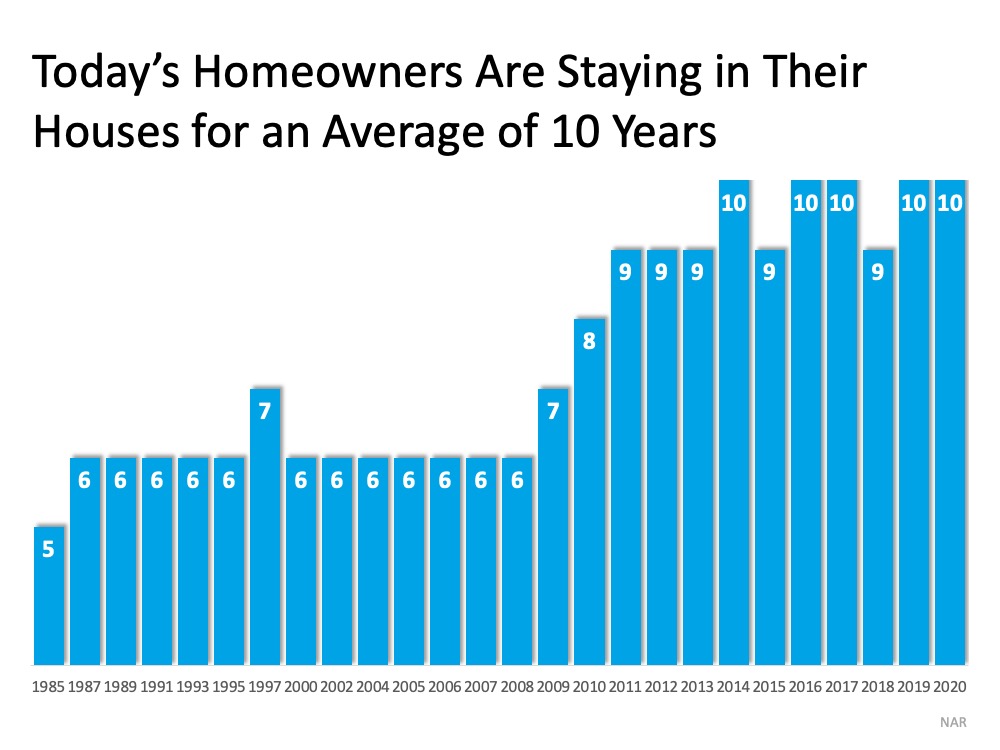6 Reasons to Celebrate National Homeownership Month
Our homes are so much more than the houses we live in. For many, they've also become our workplaces, schools for our children, and safe harbors in which we've weathered the toughest moments of a global pandemic. Today, 65.6% of Americans call their homes their own, a rate that has risen to its highest point in 8 years.
As National Homeownership Month kicks off this June, homeowners have every reason to celebrate. A survey by Gallup just ranked real estate as the best investment you can make for the eighth year in a row. However, unlike other investment options, the benefits of owning a home aren't purely financial. Here are the top ways Americans are winning by owning a home.
Non-Financial Benefits:
1. Civic Participation: Owning a home is owning a part of your neighborhood. Homeowners have a stronger connection to their neighborhoods and are more committed to volunteer work and other ways to get involved.
2. Pride of Ownership: Owning a home is having a space that is uniquely yours. You can customize it to your personal liking and make it reflect your personality and values.
3. A Safe Space: Owning a home gives you a sense of security and privacy two things that have become even more valuable as we've tackled the challenges of the recent health crisis.
Financial Benefits:
1. Forced Savings: Owning a home builds equity. Your equity grows with each payment you make toward your mortgage. This form of forced savings can be used down the road to help you accomplish your biggest financial goals.
2. Appreciation: Owning a home is making an investment that steadily gains value, and experts project home values will continue to rise in the years to come.
3. Stability: Owning a home means having better control over your future housing payments. Over the years, a mortgage stays relatively steady, but rent costs continue to rise.
Bottom Line
If you own your home, take time this June to celebrate the ways homeownership has added value to your life. If you hope to become a homeowner this year, lets connect today to take the first steps toward achieving your goal.







